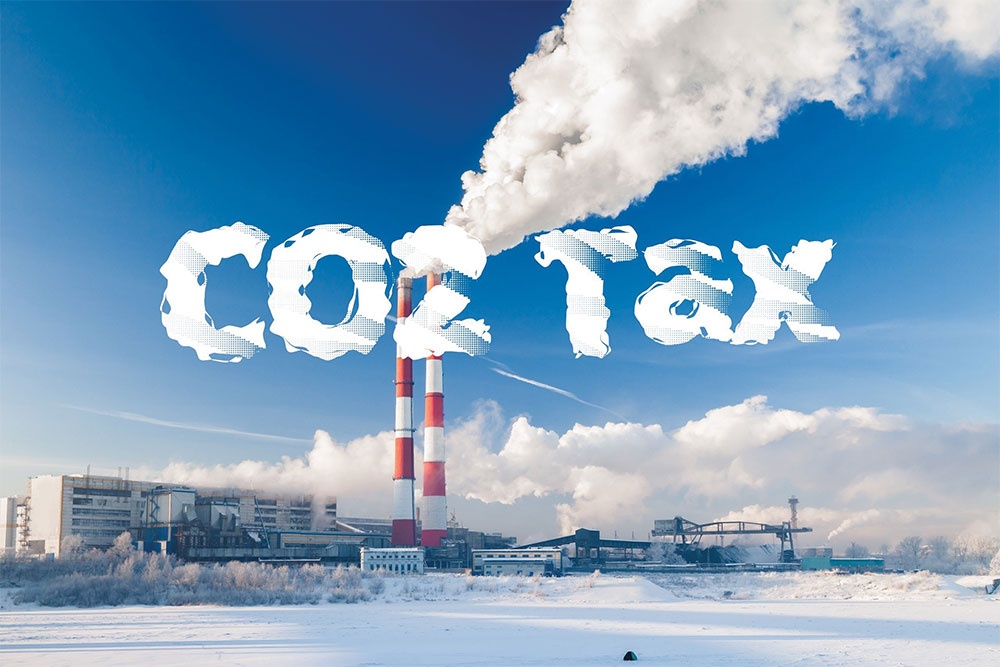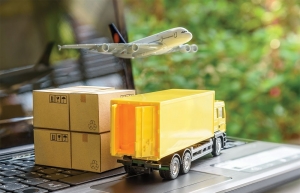Export carbon tax options on the table
 |
| The integration of a carbon tax will target areas that have a negative environmental impact, Photo: Shutterstock |
A Southeast Asia energy transition partnership under the MoU between the Department of Climate Change of the Ministry of Natural Resources and Environment and the United Nations Office of Project Services has highlighted the two options to enact a carbon tax, based on existing policies.
Under the partnership’s proposals, the first option is to amend and supplement the draft decree stipulating the environmental protection fee for emissions which is being developed by the Ministry of Finance and expected to be adopted by the year’s end. The second option is to include a carbon tax in the amendment of the environmental protection tax (EPT), which the Ministry of Finance expects to amend around 2026. This option allows a longer preparation time.
Commenting on the first option, Nguyen Anh Minh, a lawyer at NHQuang and Associates, said, “To be in line with the EU’s carbon border adjustment mechanism (CBAM), the EPT should be targeting carbon emissions explicitly, setting a price per tCO2e that would be emitted.”
In principle, the integration of the carbon tax into the EPT is possible: they both would target goods that have negative impacts on the environment, Minh explained. “Certain products such as coal and petrol are already covered by the EPT. The EPT could be expanded to explicitly include the emissions that result from production processes and use of the selected goods.”
According to Minh’s analysis, among the subjected goods, coal, petrol, and diesel oil are widely used as fuel and/or material in the covered sectors. The current EPT does not provide the same level of rate based on the carbon content of the fuel and may reflect other considerations, such as coal. The tax rate is too low to generate real mitigation and reduce emissions.
“It is thus crucial to ensure that the carbon tax is directly linked to the greenhouse gas (GHG) emissions of a good, and further products could be included in the EPT to be aligned with the mechanism, for instance cement sector and steel,” Minh added.
Mai Kim Lien, deputy director of the Department of Climate Change, said, “To achieve the goal of reducing emissions, in addition to applying advanced technology, many countries apply carbon pricing tools. The three common carbon pricing tools are carbon tax, GHG quota trading systems, and carbon credit mechanisms.”
In parallel with the roadmap to establish and run the domestic carbon market, the prime minister has also assigned relevant ministries and agencies to research regulations and propose a roadmap for applying carbon tax in Vietnam.
“Therefore, the partnership has supported the impact assessment of CBAM and proposed carbon pricing tools, including a carbon tax policy for the country,” Lien said at a consultation workshop on the issue, organised by the partnership on August 30.
Those at the workshop said that instead of paying for the CBAM, a well-designed carbon tax will help to decarbonise the economy. Part of the state revenue is retained domestically to reduce the impact of the mechanism on Vietnam’s exports and raise Vietnam’s competitiveness.
Meanwhile, the experts stated that the yet-to-be-approved fee on emissions appears closer, at least to a certain extent, to the carbon tax in terms of the underlying logic. Both can be applied to the level of emissions, although the environmental protection fee is assumed to be not directly linked to the GHG emissions nor to the harmful impacts on the climate these emissions have. If the fee is actually defined on the level of emissions, it would be aligned with the CBAM.
According to the Vietnam Initiative for Energy Transition, currently the country indirectly imposes a tax on carbon through the EPT on fossil fuel producers and importers. However, this rate does not really reflect the nature of carbon pricing, it said.
 | Exporters anxious over EU carbon tax implementation With the European Union to begin use of the Carbon Border Adjustment Mechanism in October, the changes will have a direct impact on four categories of industrial products exported by Vietnam to the EU. |
 | Steel makers shape up to contend with new carbon tax Both foreign and local steel businesses are preparing for the upcoming implementation of the EU's Carbon Border Adjustment Mechanism, which will take effect in October. |
What the stars mean:
★ Poor ★ ★ Promising ★★★ Good ★★★★ Very good ★★★★★ Exceptional
Related Contents
Latest News
More News
- Businesses ramp up production as year-end orders surge (December 30, 2025 | 10:05)
- Vietjet chairwoman awarded Labour Hero title (December 29, 2025 | 13:06)
- How to unlock ESG value through green innovation (December 29, 2025 | 10:03)
- AI reshapes media and advertising industry (December 29, 2025 | 08:33)
- FPT and GELEX sign deal to develop blockchain tech for global markets (December 29, 2025 | 08:29)
- Vietnam’s GDP forecast to grow by 9 per cent in 2026 (December 29, 2025 | 08:29)
- Women entrepreneurs are key to Vietnam’s economic growth (December 29, 2025 | 08:00)
- Vietnam's top 500 value-creating enterprises announced (December 27, 2025 | 08:00)
- The PAN Group shaping a better future with ESG strategy (December 26, 2025 | 09:00)
- Masan Consumer officially lists on HSX, marking the next phase of value creation (December 25, 2025 | 13:20)

 Tag:
Tag:





















 Mobile Version
Mobile Version